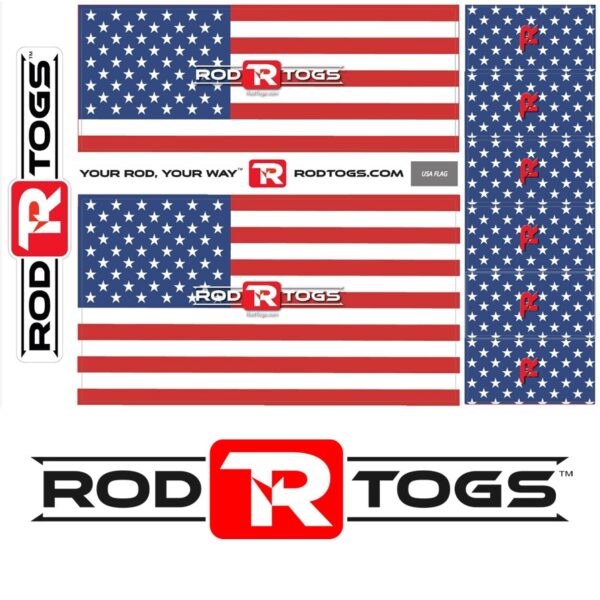Boats need love too…
Just like your car, your boat requires regular care and maintenance to keep it in optimal condition. And, with appropriate upkeep, it will last for several years and bring great memories to you and your family—whether using it on seas, rivers, or lakes.
However, boat care and maintenance isn’t just about inspecting a vessel visually before heading out into the waters. It’s also about caring for a boat after every trip and diligently following a maintenance schedule.

If you are not familiar with what is involved in boat maintenance, don’t fret! Most boat maintenance-related tasks don’t require a specialist.
In this guide, you’ll learn the basics of boat maintenance. We’ll show you how to keep your boat in excellent condition, like it brand new.
After all, if you can take care of your boat, you’ll be able to enjoy being in the water whenever you want.
Boat Maintenance List
Let’s take a look at a boat maintenance to-do list, so that you can keep your boat in top shape:
1. Keep Your Boat’s Exterior Clean
Keeping your boat’s exterior clean is important for reasons other than just looking good.
First, having a clean boat helps prevent the spread of harmful and/or invasive species. It’s difficult to know what animal or plant has stuck to your boat, so it’s important to clean the boat, to ensure that you get rid of them, as to protect other bodies of water.
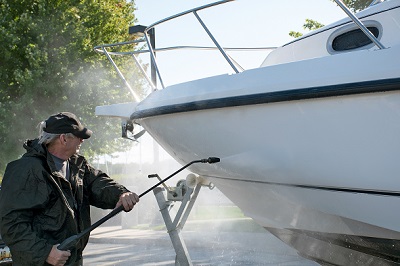
Cleaning your boat’s exterior is an important part of boat maintenance that not only keeps your boat’s finish in good shape, but also prevents you from transporting invasive species to other bodies of water.
Second, having a clean boat keeps the boat structure protected by ensuring its finish is intact. For example, as time passes, the salt content of the sea will cause erosions, abrasions, and scratches, which could be too expensive to repair.
Third, a spotlessly clean vessel can save you money. If your boat’s hull is dirty, fuel costs may increase by up to 30%!
2. Keep Your Boat’s Upholstery Clean
At a minimum, you should clean your boat’s upholstery once every six months.
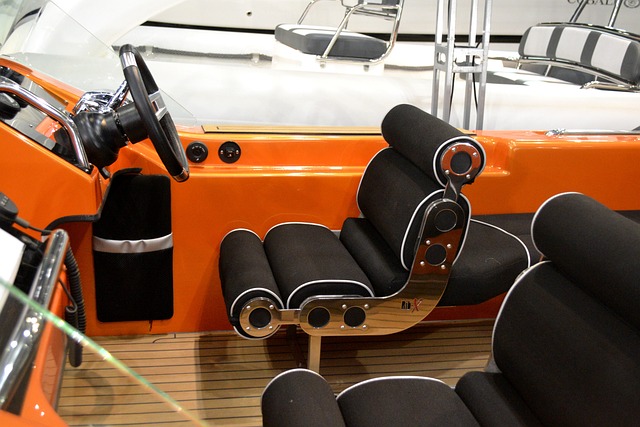
High-quality boat upholstery is often resistant to sun damage, mildew, and mold. However, it can be subject to bubbling, cracking, and fading if it isn’t properly maintained. Plus, mildew and mold can make your upholstery smell bad and appear unkempt.
Follow these simple tips below when cleaning your boat’s upholstery. And, if this is too much for you, you can always ask professional boat cleaning services for help.
Here’s how to clean your boat’s upholstery:
- Grab a brush with soft bristles and sweep the crevices and cracks of the upholstery. Make sure to get rid of any crumbs and hair strands.
- To eradicate mold and mildew, create a vinegar solution (two parts water and three parts white vinegar). Use a spray bottle to apply the solution and let it soak for several minutes.
- Rinse the vinegar solution with warm water. You may use a sponge to wipe down surfaces, too.
- Consider applying tea tree oil or baking soda if there’s stubborn mildew or mold. However, be more careful when it comes to stitching. Wipe and dry the excess using a microfiber cloth.
- Lastly, apply a marine protection solution. This provides UV protection to prevent sun damage.
3. Store Your Boat
Storage is another critical part of boat maintenance. Most boat owners don’t use their vessels for 12 months a year. So, they must store them when the boating season reaches its finale. Learning how to store and winterize your boat may help prolong its lifespan.
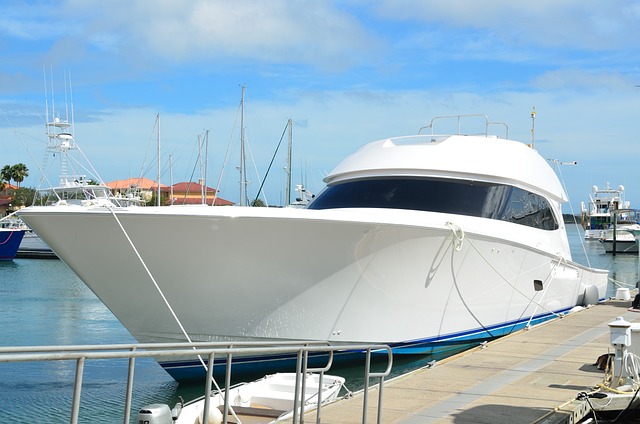
There are many ways to store your boat, depending on where you live. Storage fees typically range from USD$50 to USD$200 per foot—when in season.
During winter, you need to keep your boat away from ice, moisture, and snow. However, you shouldn’t seal it airtight, because it requires proper airflow to prevent mildew growth. Also, fuel and fluid lines must be clear to ensure that chemicals don’t destroy anything.
- On The Water Storage: This is a good option for warmer climates. Most marinas and harbors will let you store your boat all year round.
- Outdoor Storage: This is a cost-effective boat storage solution. Hire a pro to wrap your boat to ensure optimum protection and airflow.
- Indoor Storage: You can store your boat in your garage if you have ample spare space. Or you can rent a storage unit if your budget allows it.
Prepare your boat for storage with these simple tips:
- Check all hoses and replace those that are damaged.
- Replace inline fuel filters.
- Clean the propeller and its shaft, and make sure to lubricate them properly.
- Flush the waterlines and engine using clean water.
- Remove spark plugs and lubricate the holes.
- Fill the tank with fuel and add an antibacterial stabilizer.
- Remove the battery and keep it to preserve the charge.
- Remove all electronics and carpets.
Following these tips before you store your boat for a long time will help preserve its condition correctly.
4. Follow The Boat Maintenance Checklist
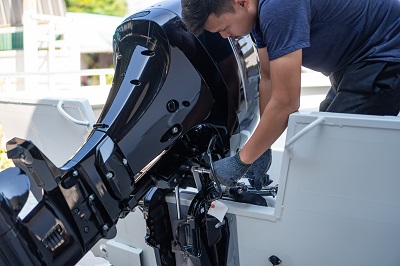
Here’s a basic boat maintenance checklist below to help you keep track of the boat parts that may require attention…
Boat Maintenance Checklist:
- Engine: Inspect for loose belts and cracked hoses and replace them immediately. And, check to ensure that the outboard motor is secured.
- Propeller: If your boat has a stern drive or outboard motor, make sure you check the propeller before launching. Inspect the nut and tighten it using a deep socket wrench if necessary.
- Battery: Like every vehicle, the battery is the heart of the boat. Without it, the engine and other electrical components won’t start. Check your battery once a year and inspect its charge with a multimeter, and also check connectors for corrosion.
- Bilge Pump: The bilge is a part where excess water accumulates, and the bilge pump removes it. So, if it doesn’t work properly, your boat might sink. You can also buy a backup pump in case of emergency.
- Electrical Lines: Inspect electrical lines for deterioration, as they could become a fire hazard. Always keep them clean to ensure that everything works fine.
- Oil And Filter: Change the oil and filter whenever necessary, according to manufacturer’s recommendations. If you don’t, some engine parts may get damaged.
- Fluid Levels: To ensure optimal boat performance, check other fluid levels occasionally, such as coolant and power steering fluids.
Final Thoughts On Boat Maintenance
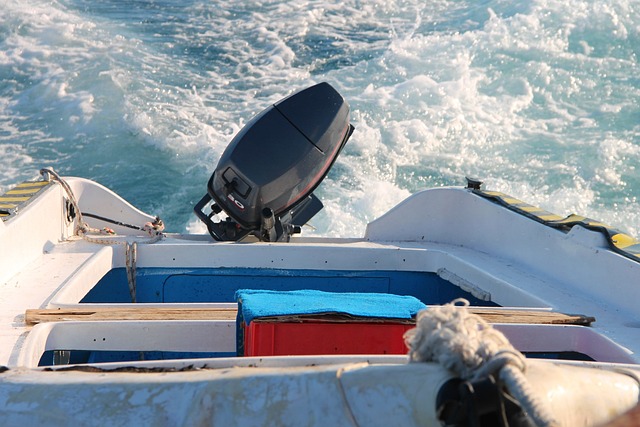
Proper boat maintenance may help your vessel perform better. By using the checklists and information above, you can help to ensure a safe and enjoyable boating experience.
If you need an extra hand, don’t hesitate to seek professional help. There are a number of companies like Seakeeper Maintenance, or other boat service providers that can help guarantee the best condition of your boat parts.
Enjoy your time on the water!







